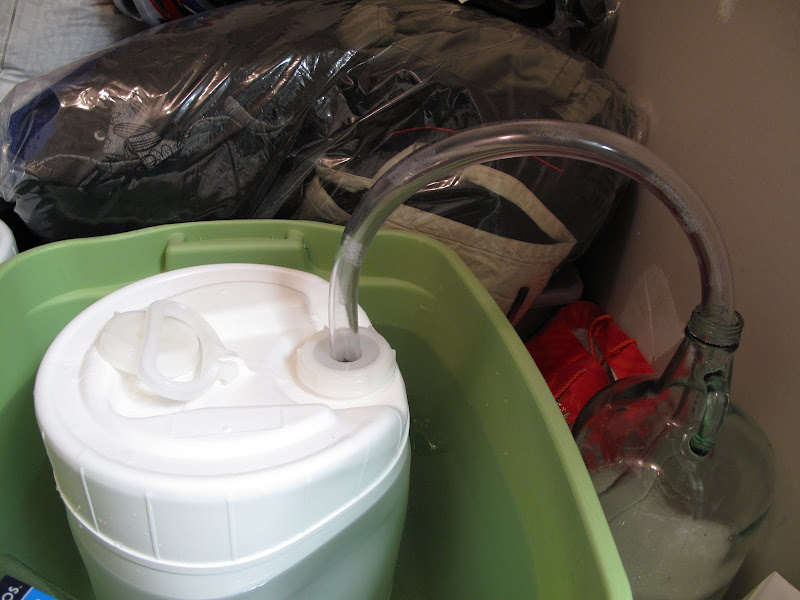dreadnatty08
Well-Known Member
I have a question for all who use Winpaks. Have any of you had the handle broken off while carrying it full? It just seems like something that's not super tough and makes me worried carrying it around.

I have a question for all who use Winpaks. Have any of you had the handle broken off while carrying it full? It just seems like something that's not super tough and makes me worried carrying it around.
The handle was designed with hauling liquid in mind. It won't break.
The handle was designed with hauling liquid in mind. It won't break.

That's what I figured. I didn't think it'd be there if you couldn't carry it full. Thanks for the confidence boost
OK, took the plunge and two Winpaks are on the way. I have one more kit that is waiting to be brewed up and then I "think" I am going to try an all grain.
Question, what do you use for an airlock? Will a regular one fit in the lid?

I drilled my lid and am getting a .75"? tubing to use for a blow-off. Using something as small as a 3/8" tube through a stopped makes me a little nervous that it'd get clogged.
Just picked up a couple feet of 1"OD, .75" ID and it fits very snuggly inside the drilled hole of the lid. Can't wait to give it a try tonight, sanitizing right now and ready to pitch a happy starter of 3787.Never had a problem with a 3/8" blow off in even my craziest Heffes. But, do what makes you comfortable.

Maybe not... when the wort shrinks and creates suction, it will pull air in through the poppets. You dont really want it sucking in air.
I may be leaving the NO CHILL camp... I just successfully tested my closed cooling system today. Used 4 gallons of water and 44 pounds of ice to cool 5.5 gallons of boiling water to pitching temp. in 20 minutes.
Like you've always said, go with what works for you. You using a heckuva large ice maker or buying bags to get that much ice?
I am wondering if I should dare to use 5kg of 2L German Pilsener malt for my next batch (6 gal) or go with 3L Pale Ale malt....
So what do you say???
Doing a SMaSH with pale malt only (Pilsner was too expensive) to give the DMS the biggest chance of coming through. I'm betting it's all a big giant myth.
Whatever it takes to get the job done I'd say. I really enjoy the fact that I can no chill on those days that I'm pressed for time, otherwise I'll chill with my shirron. Having options is always a good thing and makes the whole brewing process that more enjoyable.

I just tasted my first no-chill brew. It was a Munich/SAAZ SMaSH. It was good and I did not die; imagine that!
My question is with the Pol's hop schedule (easy Pol, I am just asking a question!) Please explain "cube hopping". Do you put the hops in the cube, then put the hot wort in? That's it? Most of my recipes call for hops @ 20 min so this is HUGE for me.
Wait, I feel funny, maybe its botulism.... wait I just burped, ok better now.
And that gives you the same flavor/aroma as hops at 20? Pol is watching, I can feel it.With Cube Hops, I transfer the wort to the cube, throw the hops in, and put the lid on. I guess it makes no difference whether you add wort to hops or hops to wort.
And that gives you the same flavor/aroma as hops at 20? Pol is watching, I can feel it.
You also had me intrigued so I referenced Brew Science, here's what they have to say on cold break:
Even more, and possibly more interesting:
This one is a little bit more up to date than a 80's homebrew book, and to be honest all in all it sure doesn't give much of a reason to knock no-chill... and possibly even preferred, but to me that would have to be tested in my own beer(if I preferred it).
Enter your email address to join: